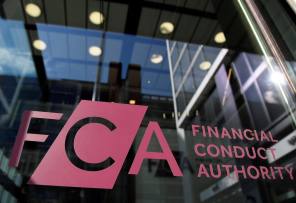“The best approach is to stay invested and to be a guiding hand for clients. Selling out of the market in the current volatile environment is a risk. Over the long-term, markets have always recovered, and there is no reason to think they will not do so again.”
The risks that volatile markets pose to retirement strategies highlight how important it is for advisers to update clients on a regular basis.
“Communication is vital,” says Kevin Silvester, head of strategic adviser partnerships at Brewin Dolphin. “The only place you can get that kind of tailored advice is from a financial adviser.”
“We work really closely on the discretionary side with our financial advisers to make sure those requirements are properly documented, that we review them regularly and that we offer clients regular meetings so that they can understand where they are on that journey.”
The use of buckets
Advisers would need a crystal ball to be able to predict markets and find the perfect retirement strategy for their clients. But many are looking to mitigate risk by balancing clients' retirement income with a mixture of higher-risk assets, short-term cash and fixed income.
Matthew Yeates, deputy chief investment officer at 7IM, says the biggest challenge for advisers is often not the design or structure of a portfolio but that it stays on track when the unexpected happens.
“Delivering a client to their goal, despite external pressures – specifically providing income metronomically without compromising the longer-term plan – is the tough bit,” he says.
7IM has come with a retirement income solution to attempt to solve this problem.
It is built by allowing advisers to use a self-invested personal pension, a general investment account and an Isa and treat them as a single portfolio aligned with a client's risk profile.
The client's assets are then allocated into a series of ‘buckets’ invested across three time horizons: short, medium and long term.
The retirement income solution also allows a 'secure lifetime income' to be paid into the Sipp to enable a degree of guaranteed income.
“Retirees need flexibility in the current landscape and that can only be achieved if advisers have that same level of flexibility in the products available,” Yeates says. “At best, advisers are required to build that flexibility by combining traditional investment building blocks themselves.
“At worst, they are asked to compromise their investment philosophy to purchase a one-size-fits-all product. 7IM’s retirement income solution takes away the burden of designing a framework while ensuring freedom of choice remains firmly in the hands of the planner and client.”












